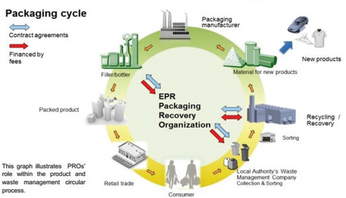High-performance AlOx thin films for next-generation sustainable flexible packaging: Part 2
AlOx has long been touted as a suitable transparent layer for packaging applications and indeed has found use in a range of retort applications based on high-performance PET substrates.
AlOx has long been touted as a suitable transparent layer for packaging applications and indeed has found use in a range of retort applications based on high-performance PET substrates. However, the drive toward sustainable-packaging solutions using a polyolefin “mono-material” architecture has resulted in an increased desire to use softer, reduced-stiffness substrate materials. Standard reactive evaporation of these AlOx thin films no longer can be used to deposit high-quality, mechanically resilient coatings capable of surviving downstream converting at high yield. Alternative substrate-engineering techniques and/or AlOx-deposition technologies therefore are required to compensate for these effects. This paper describes the use of an engineered-BOPP substrate in combination with a high-density, plasma-assisted, AlOx- deposition technique and focuses on the fundamental differences in mechanical & resultant barrier performance achievable with both the standard reactive deposition and plasma-assisted deposition approaches. Conclusions also are provided indicating the inherent suitability of the plasma-assisted approach for high-yield, high-performance, transparent-barrier solutions required for the next generation of sustainable flexible packaging.
This post is for paying members only
SubscribeAlready have an account? Log in

